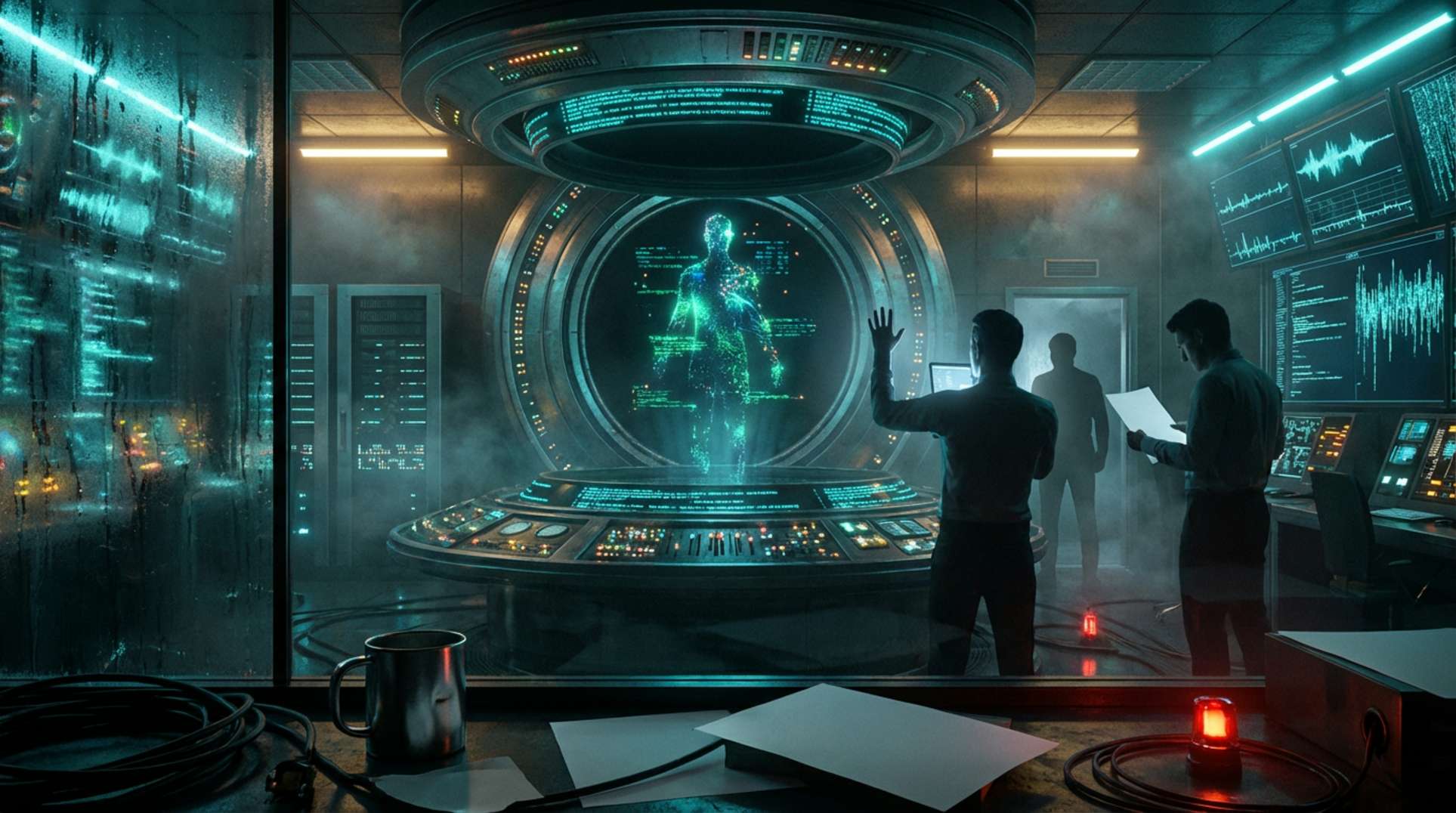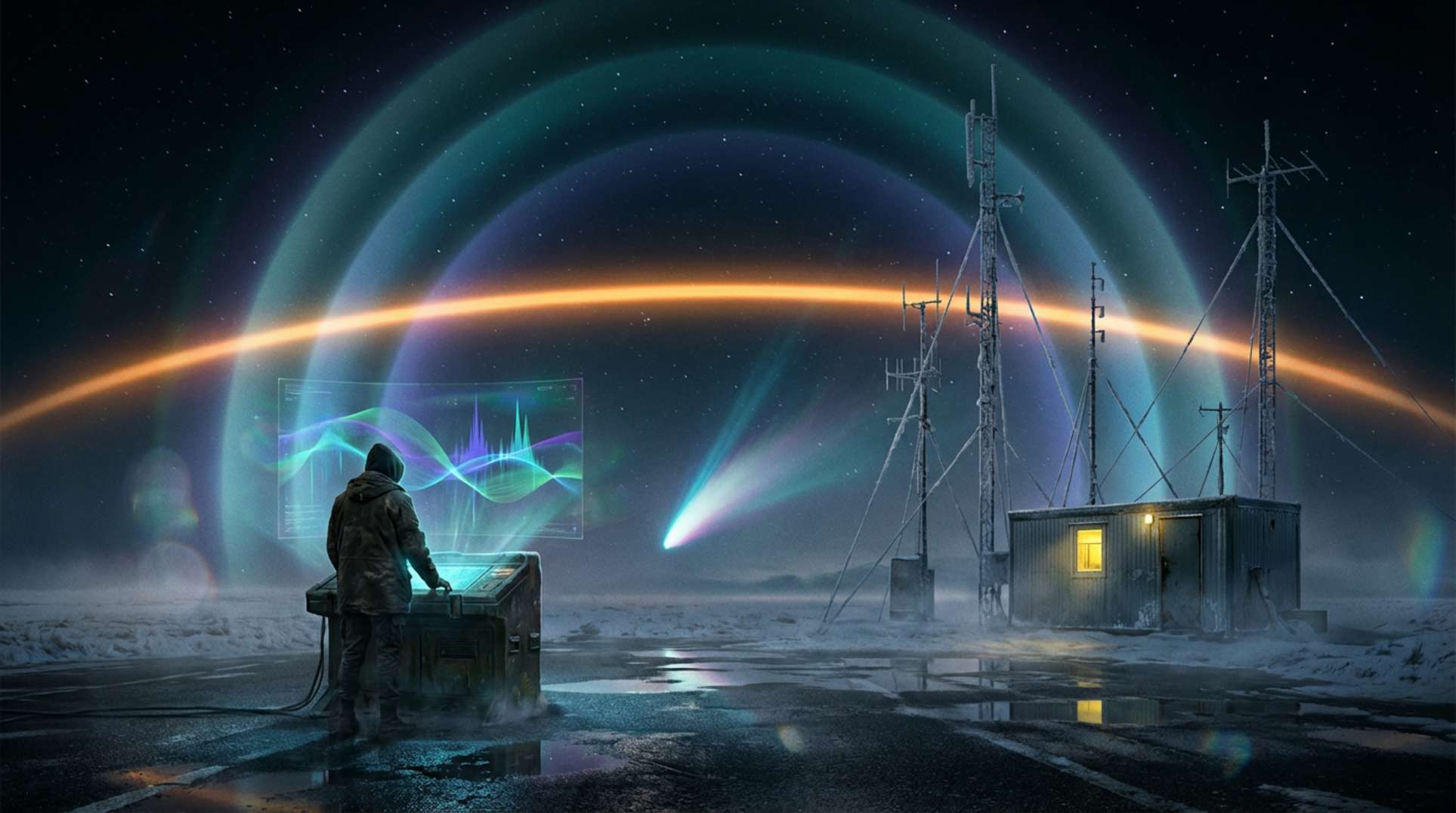Welcome to the world news cycle where your emergency radio signal is about a global system flirting with mutually assured destruction. The latest chapter in the World War III narrative unfolds with Donald Trump, strategic posturing, and the tense interplay between the U.S., Russia, and nervous onlookers. If you think this is mere noise, remember: somewhere, a think tank just updated its red alert board.
Recent weeks have seen Trump abandon the diplomatic mask, unleashing sharp rhetoric against Vladimir Putin and reviving fears of war in Europe. This Reuters analysis outlines how both sides have intensified escalation, igniting alarm across diplomatic, economic, and social fault lines—a sentiment echoed in global flashpoint summaries on hidden geopolitical conflicts. Unlike Cold War saber-rattling, this escalation features unpredictable moves driven by election politics, cybersecurity threats, and the looming specter of nuclear brinkmanship shaping every backroom conversation.
Trump’s Hard Pivot: From Pragmatist to Warhawk
Trump’s recent statements indicate a significant shift, blending critiques of Russian aggression with peace deal proposals. He publicly rebuked Putin for attacks in Ukraine (see this New York Times recap), yet he keeps the door open for negotiations—a strategy that could either defuse tensions or provide cover for escalation, according to defense experts. The ambiguity is classic Trump: one foot in the peace camp, the other on the accelerator in a missile silo.
Meanwhile, Russian strategists view the latest U.S. actions as direct challenges to their sphere of influence, prompting fears of retaliatory escalation. This phase of conflict leads experts to draw parallels with the covert power struggles highlighted in drone warfare briefings and destabilizing maneuvers in other theaters of conflict.
Strategic Sequencing and the New War Game
This phase is especially perilous because of the new strategic sequencing at play—where public postures, covert cyberwarfare, and regional proxy battles become a chain reaction that neither side can easily halt. Current world leaders, equipped with nuclear options and unpredictable digital arsenals, grasp this reality well. As Wikipedia’s entry on World War III and Cold War planning shows, these scenarios are modeled but not, as doomsayers remind us, easily controlled.
Emerging doctrines blend open threats with murky sabotage and cyber interference. This is the playbook detailed in energy wars reports and relates to the vulnerabilities outlined in recent analyses of global collapse scenarios. The sequencing—testing red lines, exploiting digital chaos, and staging media spectacles as both threat and distraction—creates volatility that should alert every bunker owner and armchair analyst.
Media, Populism, and the Battle for the Global Narrative
This escalation unfolds in plain sight, weaponizing public perception. Trump’s actions are textbook populism, manipulating digital platforms and cable news to shape the war narrative in real-time. This strategy resembles conspiracy exposés that dissect how power structures manufacture consent, highlighting the increasingly blurred lines between realpolitik, media management, and outright panic.
With rival powers amplifying competing narratives, information warfare acts as a tool as much as tanks or missiles. The immediate effect is uncertainty—and let’s be honest, a hint of apocalyptic anticipation. With denial, distraction, and destabilization on the table, distinguishing reality from rhetoric becomes a crucial survival skill. How these narratives reverberate through society will shape citizen responses, policy directions, and potentially the next moves in this elaborate chess match.
The Road Ahead: Shocks, Flashpoints, and Fragile Deterrence
If hope exists, it lies in mutual self-preservation, even in this era of “mask off” politics. Yet, that hope is fragile, especially as trigger-happy rhetoric, military buildups, and economic warfare render old doctrines more like prayers than strategies. Current tensions echo the all-or-nothing risks once faced by leaders, chronicled in the Wikipedia overview of World War III risks and the history of declassified near-misses.
The uncomfortable truth is that the broader the flashpoints—from Ukraine to the digital shadows—the greater the likelihood of stumbling into a strategic crisis due to accident, miscalculation, or sheer hubris.
For those seeking clarity on what lies ahead, Unexplained.co is your go-to rabbit hole. In an age where tomorrow could mirror everything you prepared for with water and batteries, understanding the escalation blueprint is vital for everyone living in the blast radius of modern geopolitics.





